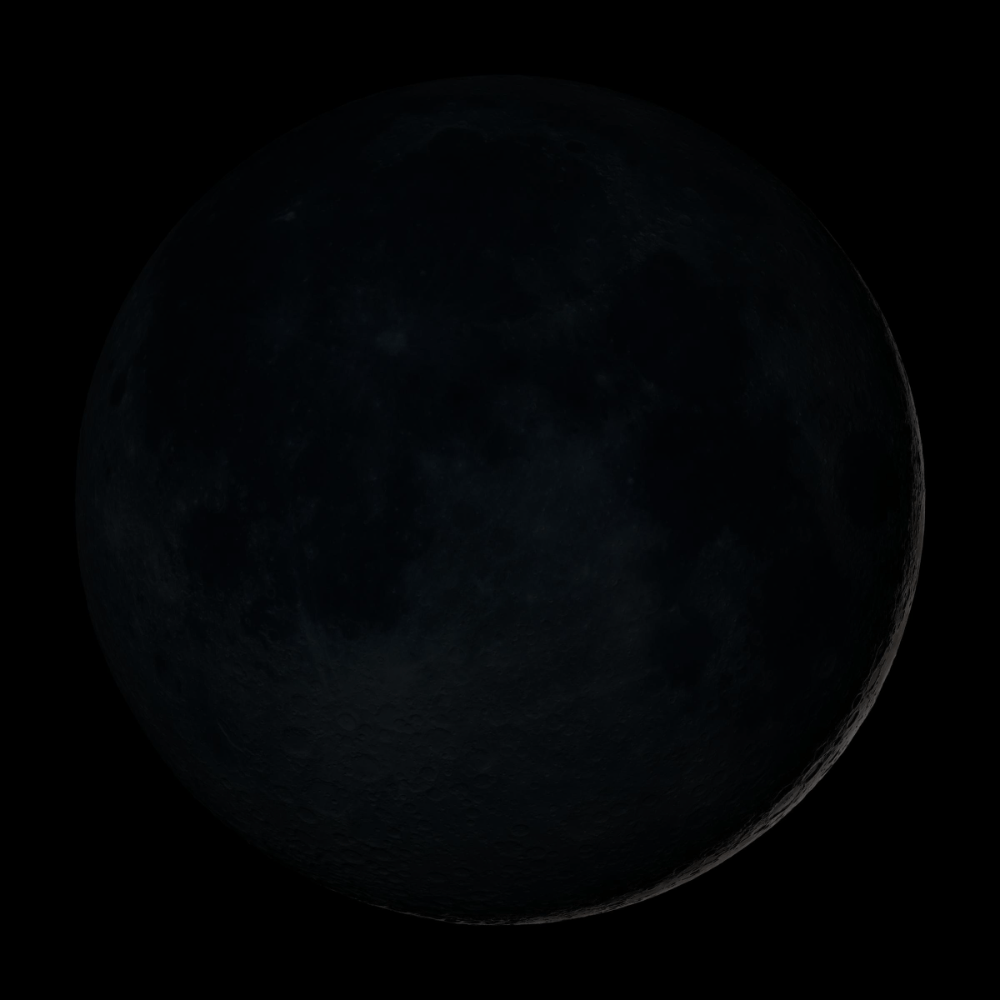Planets Already
The spinning of the Earth on its axis
Rotation
The elliptical path the Earth takes to travel around the Sun
Orbit or revolution
What galaxy does Earth call home
The Milky Way
The only other planet in our solar system that we believe could sustain life
Mars
The two things that are provided by our star, the Sun
heat and light
The terms used to describe the moon when it appears to grow bigger and when it appears to get smaller
Waxing is growing and waning is shrinking
Sunlight shines equally on the northern and southern hemispheres during these seasons
Spring and Fall
The Zodiac is made up of how many parts (each part corresponds to a constellation)
There are 12 parts of the Zodiac, known as signs, that are still used by astronomers to track Solar System objects
Earth is part of this group of planets
Inner planets or terrestrial planets
Region found between the orbits of Jupiter and Mars
Asteroid belt
The direction that the earth rotates
Counter-clockwise (objects appear to move east to west)
In this season the Northern Hemisphere is tilted towards the sun, causing longer daylight hours and more direct sunlight
Summer
What major galaxy is nearest to our own
The Andromeda Galaxy
Name the planets in order from closest to the Sun to farthest
Mercury, Venus, Earth, Mars, Jupiter, Saturn, Uranus, Neptune
The reasons why some stars appear brighter than others
They are closer or larger or give off more light energy
What phase of the moon is shown here? 
New Moon
This part of the Earth gets the most direct light from the sun and has the least variation in daylight hours
The Equator
What resides in the center of our galaxy
A black hole known as Sagittarius A*
How many dwarf planets exist in our solar system
Five- Pluto, Eris, Ceres, Makemake, and Haumea
What makes up the tail of a comet
Gas and dust, released when the comet passes by the Sun
Why the moon appears to change shape in the night
The Moon's changing shape is a result of the sunlight reflecting off its surface at different angles as it orbits the Earth. There are 8 different phases of the moon during the approximately 29 day revolution
Three things that change as a result of Earth's revolution
1. Length of day and night
2. Seasons
3. Star patterns
Polaris, the North Star, is a part of which constellation
Ursa Minor, it forms the end of the Little Dipper's handle
Traits of a planet
The object has to be round due it's own gravitational force, orbit around a star, and have enough gravity to clear other objects from its orbit
The difference between a meteoroid, a meteor and a meteorite
A meteoroid is floating in space, a meteor is traveling through Earth's atmosphere and a meteorite has reached Earth's surface